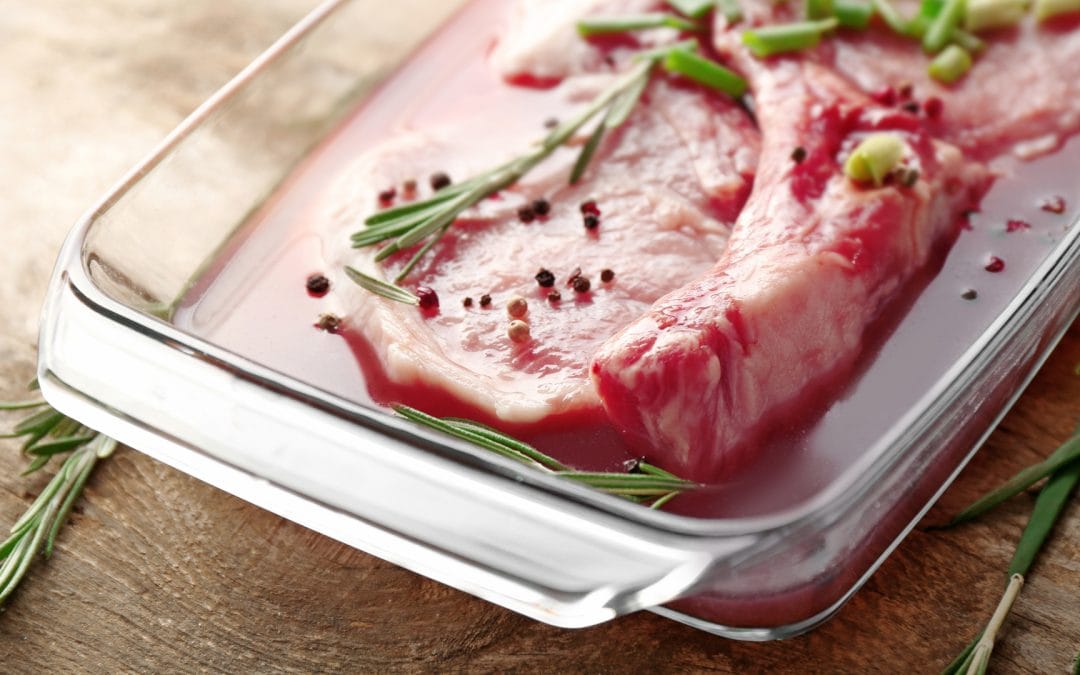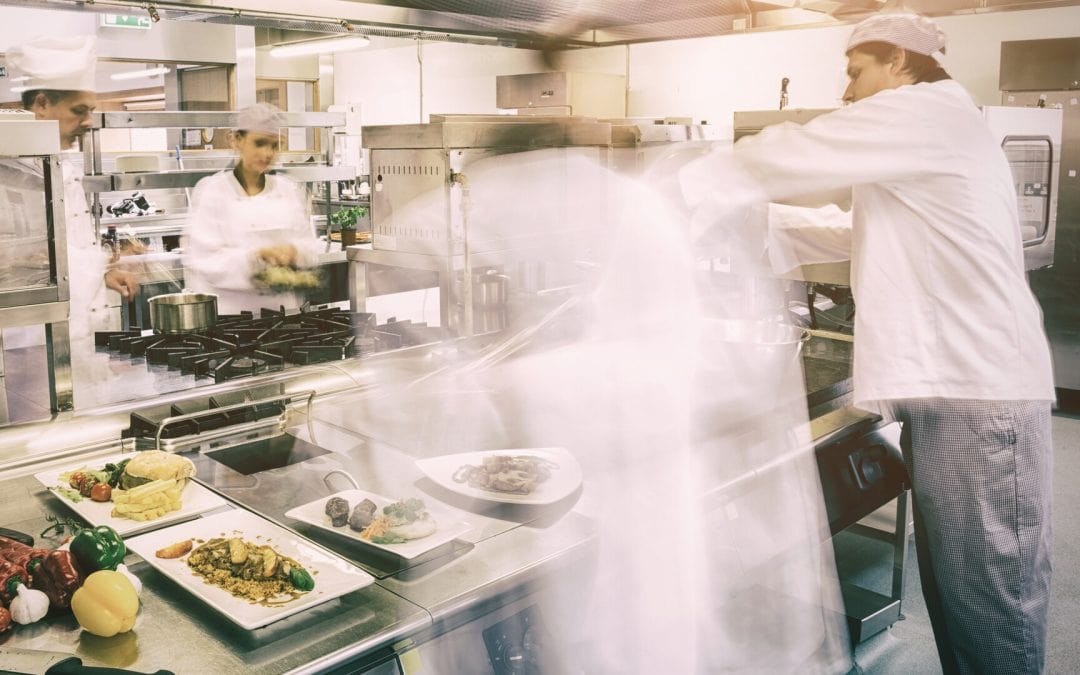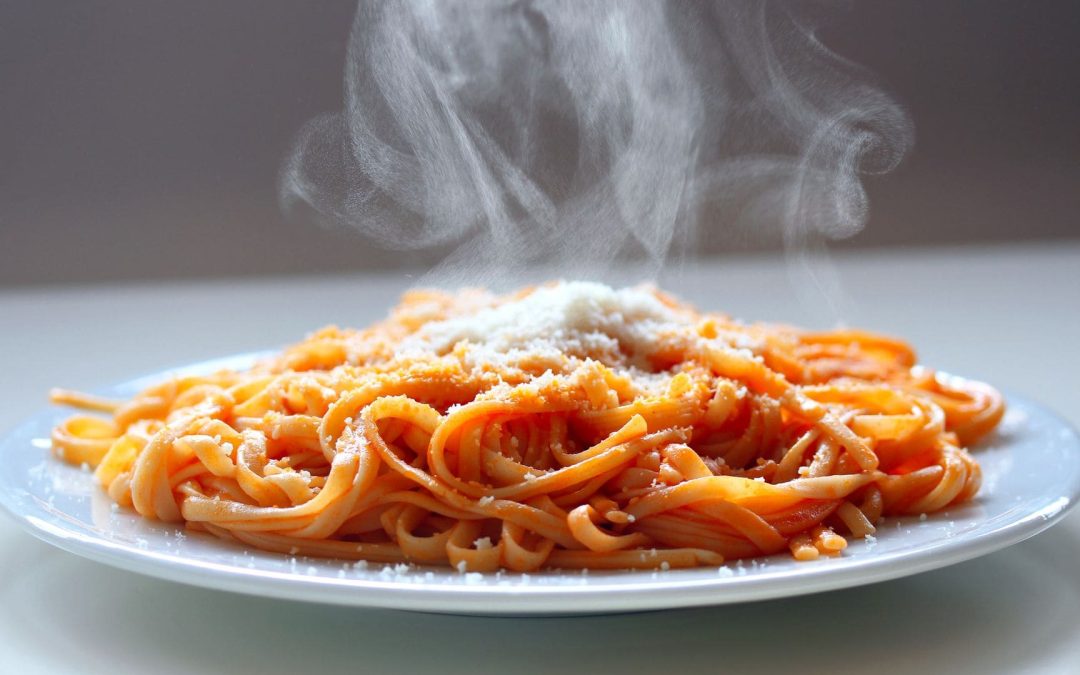Are There Any Health Benefits to Vacuum Sealing Food?
The vacuum sealing process does not necessarily make food healthier, but it can help preserve the nutritional content of the food. Vacuum sealing removes air from the packaging, which can in turn slow down the oxidation process and preserve the nutrients in the food.
Obviously if the food being vacuum-sealed is unhealthy to begin with, such as highly processed meals or food high in sodium or saturated fat, vacuum sealing will not make it healthier, so it is important to make healthy food choices to promote overall health and wellbeing.

Vacuum-sealing is also helpful for people who have busy schedules and cannot shop for fresh groceries frequently, by allowing them to prepare meals in advance. If vacuum sealing helps you to eat more wholesome, home-cooked meals and fewer ready meals then that’s definitely a health benefit!
Are There Any Health Concerns from Vacuum Sealing Food?
In general, vacuum-sealed food is safe to consume and can be considered healthy if the correct procedures are followed. While vacuum-sealed food can be a safe and healthy option, there are some risks to consider:
If vacuum sealing is not done correctly, it can create an environment where bacteria can grow, leading to spoilage and contamination. This can be particularly dangerous if certain types of vacuum-sealed food is left at room temperature for an extended period.
The lack of air in a vacuum-sealed package can also create an environment conducive to the growth of Clostridium botulinum which thrives in low-oxygen environments. This can lead to the production of a toxin that causes foodborne botulism, a rare but serious illness that can, in the most serious cases, lead to paralysis and death.
It’s important to note that vacuum sealing food when it’s still hot is also dangerous. Not only will steam quickly degrade the seal on your vacuum packed food and allow in air and moisture, but the boiling point of liquid is lower in a vacuum meaning food may start to boil over as you’re vacuum sealing it!
Which Foods Are Unsafe to Vacuum Seal?
Not all ingredients are safe to vacuum seal, either because they promote bacterial growth in low oxygen environments or because the vacuum process changes the structure of the food:
Raw Mushrooms – Mushrooms have a high moisture content, which can cause them to spoil quickly when vacuum sealed. This is because the lack of air can create an environment where bacteria can grow, leading to spoilage and contamination.
We recommend storing raw mushrooms in a paper bag or breathable container to allow air circulation. Cooked mushrooms are generally considered safe to vacuum seal.
Soft cheeses – Soft cheeses like brie and camembert, as well as blue cheese should not be vacuum sealed because the process can cause the cheese to become mushy and lose its flavor. Again, the lack of air can also create an environment where bacteria can grow, leading to spoilage and contamination.
We recommend storing soft cheeses in their original packaging or wrapped in wax paper or parchment paper.
Raw garlic & raw onions – Raw garlic and onions contain bacteria that can grow in an anaerobic or low oxygen environment, making them unsafe to vacuum seal. The lack of air can also cause the garlic and onions to sprout or become moldy.
We recommend storing them in a cool, dry place with good air circulation.
Bread – Vacuum-sealing bread can cause it to compress and lose its texture and flavor. The vacuum sealing process may also pull moisture out of the bread leaving it with a stale texture.
We recommend bread is best stored in a bread bag or bread keeper box to allow some air and moisture circulation.

Find out more: How to keep bread fresh for longer
Vacuum sealing can also cause changes in the texture of the food. While this may not be harmful to health, it can affect the quality of the food and make it less enjoyable to eat.
Vacuum sealing is therefore considered generally a safe and effective way to preserve food, reduce waste, save money, and help you make healthier food choices. While most vacuum-sealed foods are healthy to consume, it is essential to follow proper procedures to ensure that it is safe.
Sources:
National Center for Home Food Preservation: Should I Vacuum Package Food at Home?




